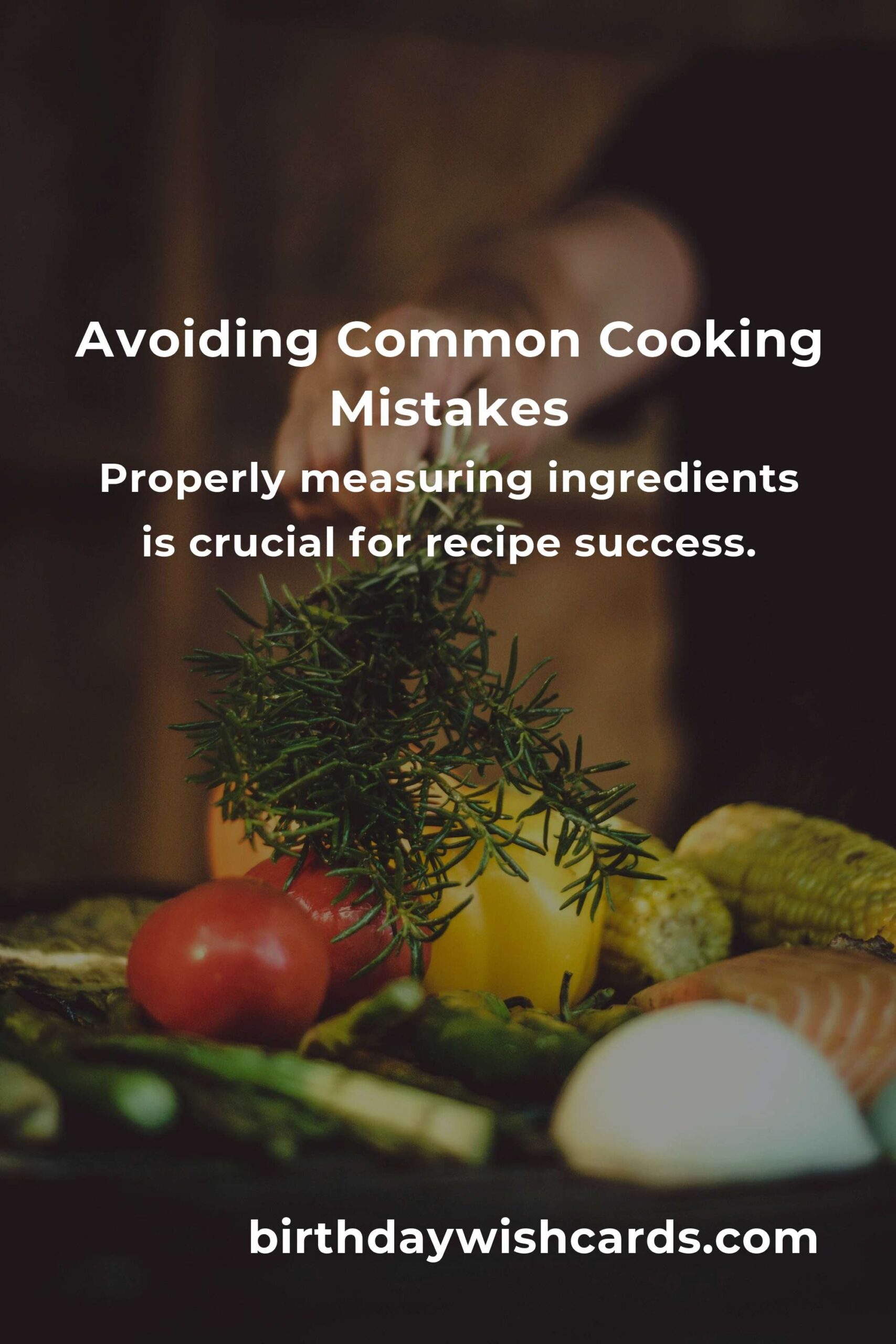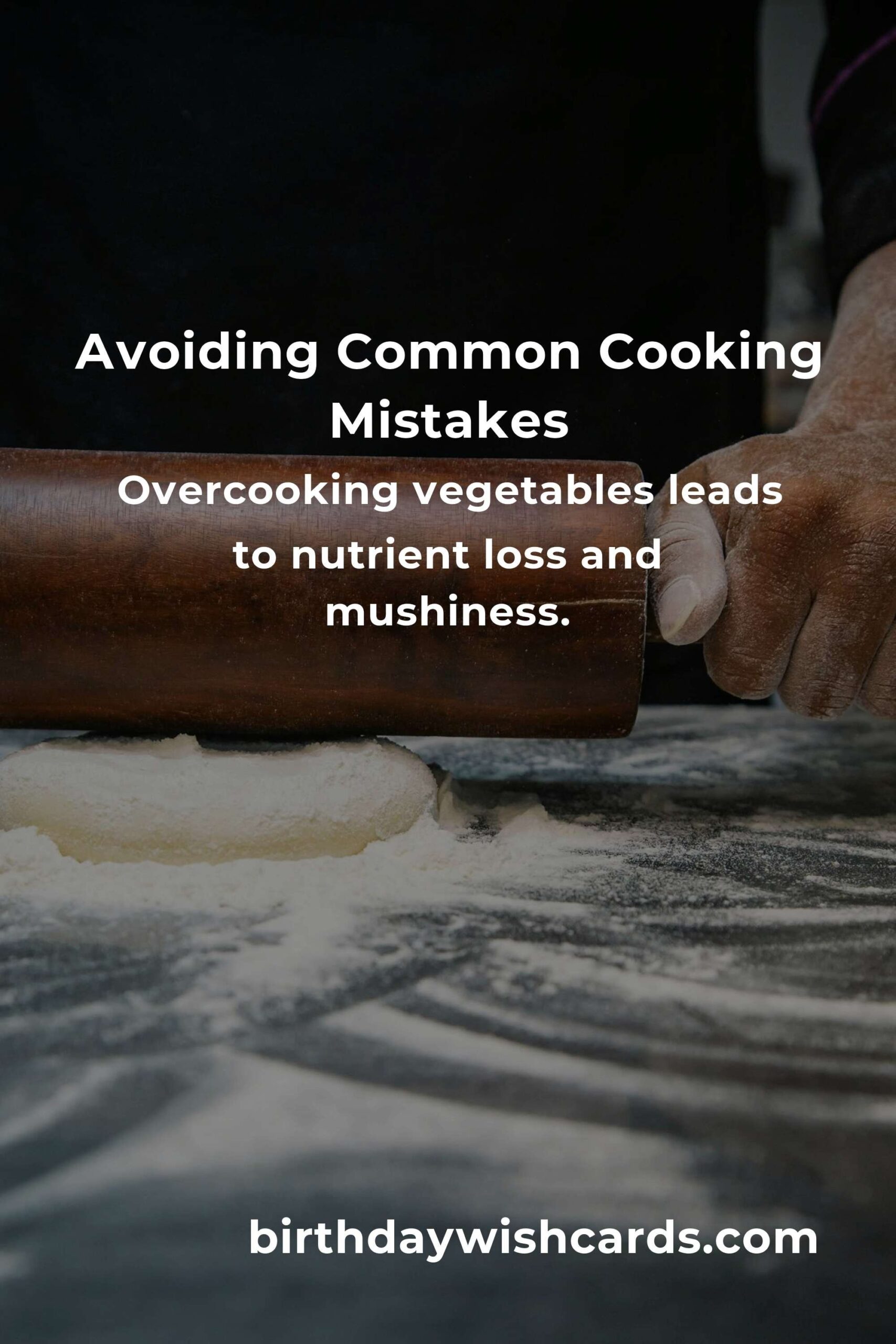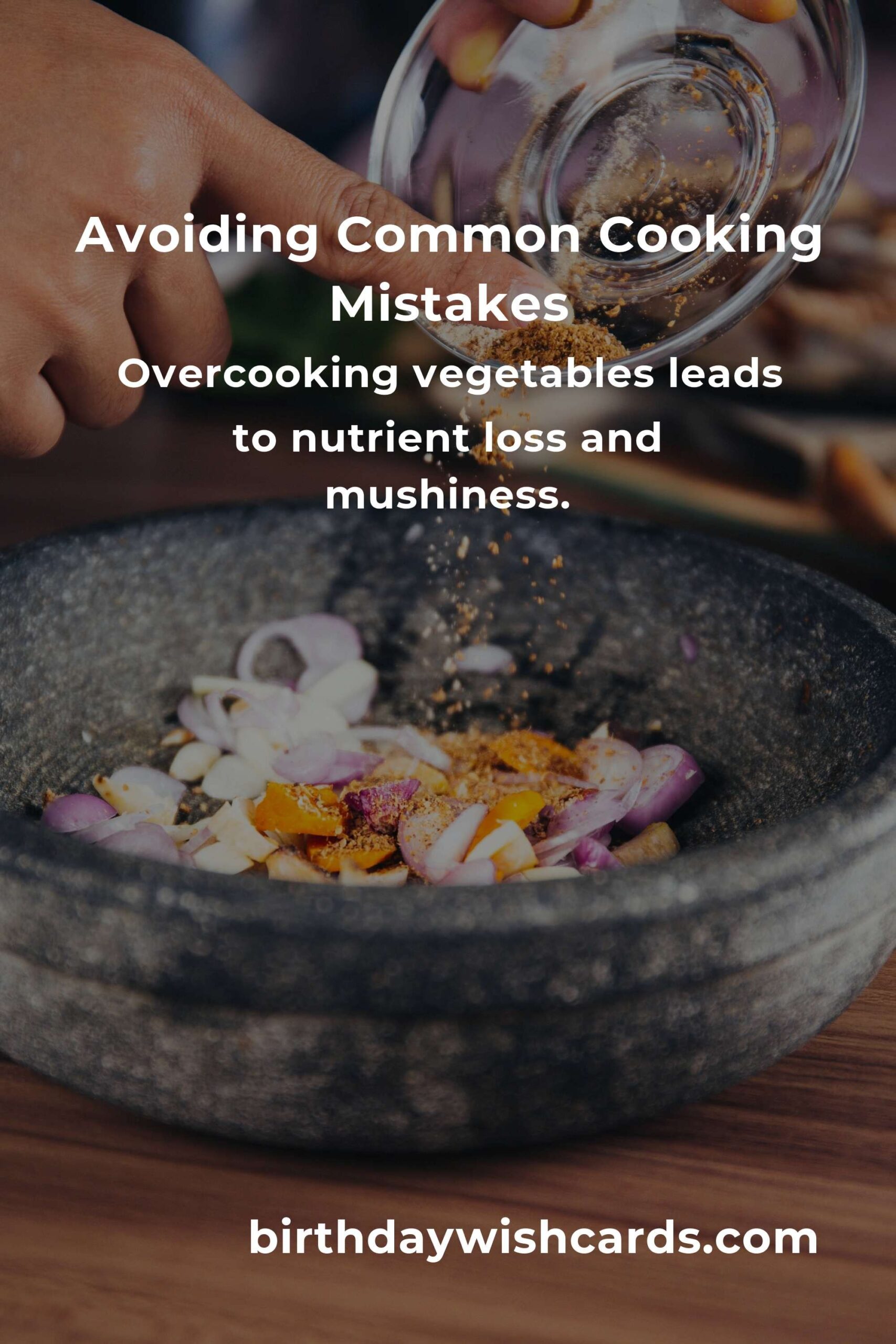
Cooking is an essential life skill that can greatly enhance your culinary experiences and lead to healthier eating habits. However, everyone, from beginners to experienced cooks, can make mistakes in the kitchen. Identifying these common errors and learning how to avoid them can significantly improve your cooking skills and the quality of your meals.
1. Not Reading the Recipe Thoroughly
One of the most common mistakes is not reading the recipe all the way through before starting to cook. This can lead to missed steps, incorrect ingredient amounts, or even realizing too late that you’re missing an essential tool or ingredient. To avoid this, always take a few minutes to read the entire recipe, gather all necessary ingredients, and prepare your tools before cooking.
2. Using the Wrong Knife
Many home cooks use the wrong type of knife for the task at hand, which can make cooking more difficult and increase the risk of injury. For example, using a paring knife when a chef’s knife is needed can make slicing vegetables more challenging. Investing in a good set of knives and learning their specific uses can make a big difference in your cooking efficiency and safety.
3. Overcrowding the Pan
When you overcrowd a pan, you lower the temperature and cause food to steam rather than sear or fry. This can result in soggy, unevenly cooked food. To prevent this, cook in batches if necessary, allowing enough space for each piece of food to cook evenly.
4. Not Letting Meat Rest
Another common mistake is not letting meat rest after cooking. Cutting into meat right away causes the juices to escape, resulting in dry, less flavorful meat. Allowing meat to rest for a few minutes after cooking helps the juices redistribute, leading to a juicier and more flavorful dish.
5. Improperly Measuring Ingredients
Accurate measurement of ingredients is crucial, especially in baking. Using the wrong measuring tools or not leveling off ingredients can lead to significant changes in the outcome of a recipe. Always use the appropriate measuring tools, such as dry measuring cups for flour and granulated ingredients, and liquid measuring cups for liquids.
6. Ignoring Mise en Place
Mise en place, a French culinary phrase meaning ‘everything in its place,’ is essential for efficient cooking. Preparing and organizing all ingredients before starting to cook can prevent mistakes and save time. This includes washing, chopping, and measuring all ingredients before turning on the stove or oven.
7. Overcooking Vegetables
Overcooking vegetables can result in the loss of nutrients and a mushy texture. To retain their flavor and nutritional value, cook vegetables until they are just tender. This often means less cooking time than you might expect, so keep a close eye on them and test for doneness frequently.
8. Using Cold Ingredients for Baking
Many baking recipes call for room temperature ingredients because they incorporate more easily into batters and doughs. Using cold ingredients can result in uneven mixing and affect the texture of baked goods. Plan ahead by taking ingredients out of the fridge ahead of time to reach room temperature.
Conclusion
Cooking is a skill that improves with practice and attention to detail. By avoiding these common mistakes and implementing the suggested solutions, you can enhance your cooking abilities and enjoy more successful culinary outcomes. Remember, even the best chefs started with the basics and learned from their mistakes!
Not reading the recipe thoroughly can lead to cooking errors. Using the wrong knife can make cooking difficult and increase injury risk. Overcrowding the pan causes food to steam instead of sear. Letting meat rest after cooking helps retain its juices. Properly measuring ingredients is crucial for recipe success. Mise en place helps in organizing and efficient cooking. Overcooking vegetables leads to nutrient loss and mushiness. Using room temperature ingredients is important for baking.
#CookingTips #KitchenMistakes #HomeCooking #CulinarySkills












